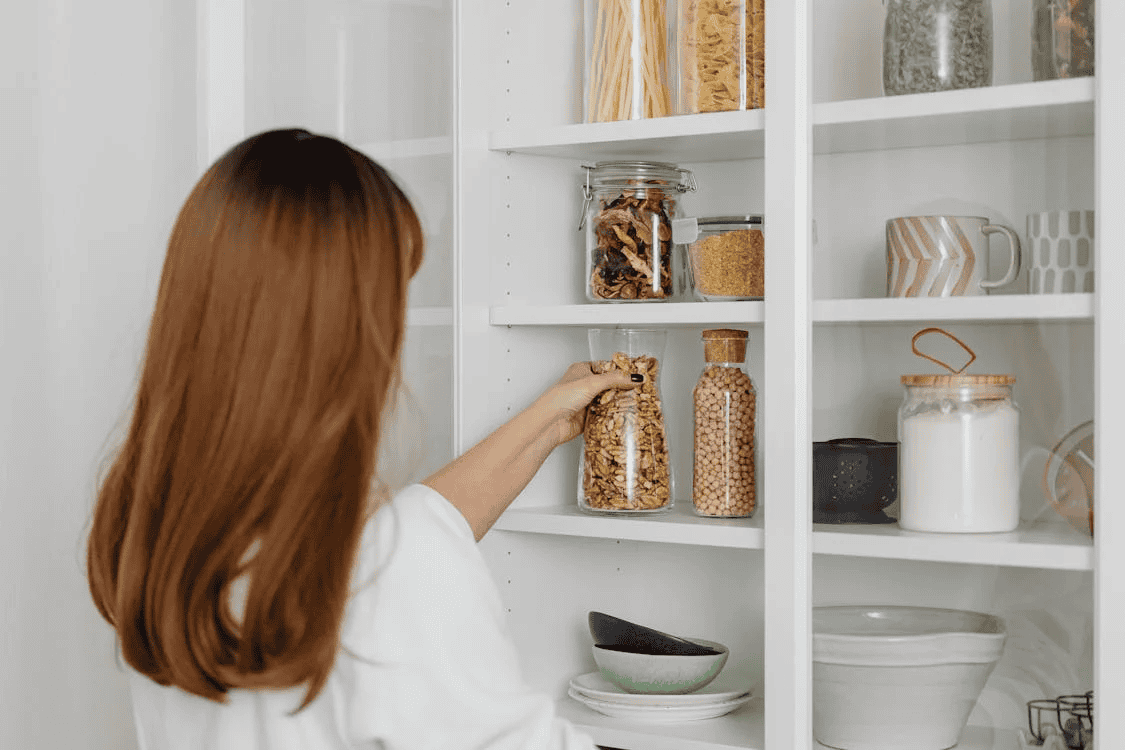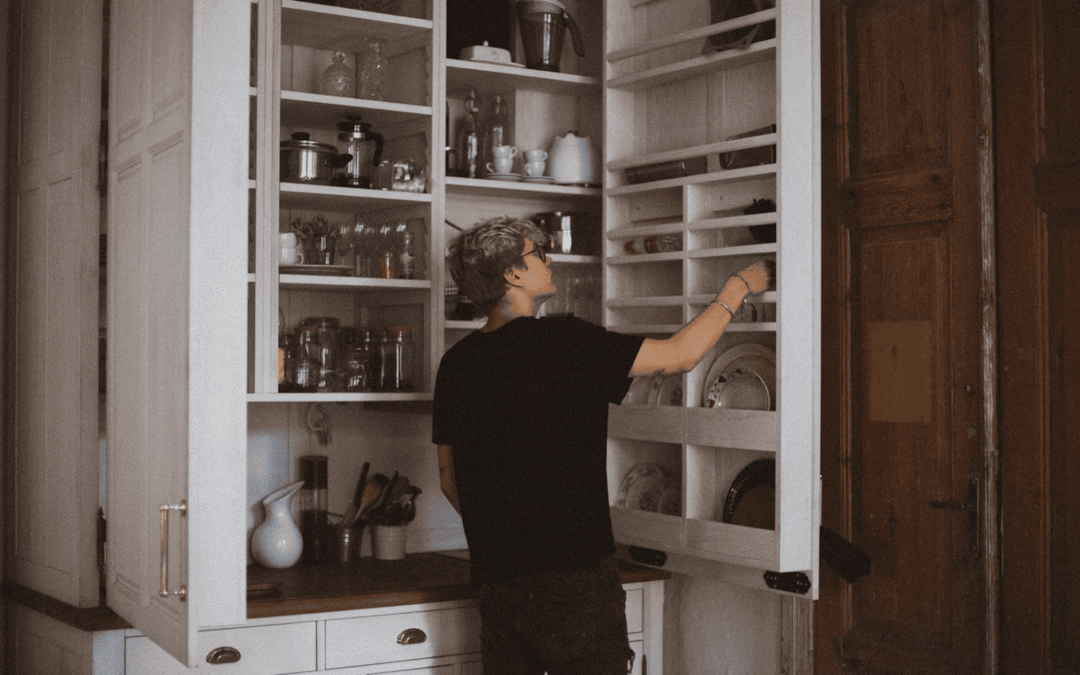It can be easy to think about only the most all-encompassing elements of a well-designed home when you’re planning a renovation. But did you know that it’s often the smaller details that make the most difference when it comes to everyday functionality and usage? While you certainly can’t lose sleep over every tiny detail, there are instances where it’s worth sweating the small stuff to get your home just right.
Pantry design is an excellent example of this when it comes to perfecting your kitchen. On the surface, your pantry probably doesn’t feel like it’s all that important. Perhaps you’re only having a pantry at all because you have an awkward alcove to fill! In truth, though, the pantry can become the heart of the kitchen pretty quickly, impacting everything from the storage you have available to the ease with which you can cook. As such, your pantry should get a look-in early on during the design process. The trouble is, you might not have the first idea of where to start.
Lucky for you, professional kitchen designers have known about the importance of your pantry for decades at this point. In fact, as any of those pros will tell you, there are some solid and verifiable rules to bear in mind at the pantry design stage, and we’re here to discuss the most important four rules you’ll want to consider!
Rule # 1 – Innovative Storage is a Must
Pantry design is less about taking up a large amount of kitchen space and more about doing as much as possible with whatever space you have on hand. Innovative storage, which could include pull-out cabinets, layered drawers, and even counter space, as well as standard shelving, is key to achieving that goal. Experts are also increasingly highlighting the importance of using your pantry door, as well as your pantry itself, for purposes such as spice storage racks or shopping bag storage. You name it, and a well-designed pantry can probably store it!
Speaking to a professional designer is by far the best way to maximize pantry storage using these techniques. Then, it’s simply down to you to think about how you organize the space. As mentioned, the back of your pantry doors is ideal for spice racks, while tins, pasta canisters, etc., can work wonderfully on open pantry shelves (which we’ll discuss more in a little while!). By comparison, it’s often best to dedicate pantry drawers to purposes that include storing fresh produce, or even kitchen utensils and appliances that aren’t always in use.
Rule # 2 – Shelf Depth Matters

We’ve already touched on your shelving in the above point, but did you know that shelf depth is yet another rule of perfecting pantry design? After all, no matter how innovative you or your pro designers get, shelving will probably still form the most part of your overall pantry design. In other words, you’re going to want to get it right!
But, how do you do that? Well, for one thing, pros state that you should aim to have shelves that are different depths, both for visual interest and practicality purposes. Generally speaking, the ‘prime’ pantry shelf should be between 16-20 inches above the previous shelf, with larger shelving spaces on the bottom level, and generally narrower, closer shelves up top.
If you have a large pantry space, then you may benefit from a majority of widely spaced shelving that can host anything from stacked tins to cereal boxes and beyond. By comparison, you may prefer to keep shelving tightly spaced (just larger than the size of a tin) to get more use from a smaller pantry.
Rule # 3 – Designated Zones Make a Big Difference
Pantry organization is an ongoing struggle, and it’s typically a result of a poor pantry design. That’s why many experts now recommend implementing designated pantry zones at the design stage. As well as keeping things in neat order, this allows you to fully tailor and play around with what your pantry can offer.
But, what ‘zones’ could a pantry possibly need? Well, there are a few different options. Obviously, at their most basic, pantry zones could simply distinguish between canned food storage and stored utensils. If you have a large pantry, you could also use this zoning technique to make space for appliances that don’t fit within your kitchen itself. For instance, an open pantry counter could become home to everything from your toaster to your air fryer. You could even set up your coffee machine in a coffee-making spot of its own, complete with on-side storage canisters for your coffee pods, and nearby drawers to store all of your spare parts and coffee tools. This is a great way to get more use out of your pantry, and it’s only possible with a zoned design.
<iframe src=”https://assets.pinterest.com/ext/embed.html?id=68748192228″ height=”559″ width=”345″ frameborder=”0″ scrolling=”no” ></iframe>
Rule # 4 – Light it all up
Pantries are spaces that lack natural light, which can make them incredibly unappealing, and pretty non-functional if you have a lot of stored goods to sort through. Hence, lighting is another fundamental design consideration. Lighting this area will make your pantry far more attractive, while also ensuring that you get better use from the space.
Of course, even a large pantry tends to be a limited area, meaning that large or low-hanging lights simply aren’t an option. Instead, professionals consistently use space-saving alternatives like under-cabinet options or sleek LEDs.
Light switches can take up unnecessary wall space, so it’s typically best to opt for lights that work on a sensor, ensuring a well-lit pantry, even if you have your hands already full of kitchen goods when you get there!
Takeaway
Pantry design probably hasn’t crossed your mind until now, but trust us when we say that perfecting elements like these will make a huge difference to kitchen functionality, aesthetics, and more. Whether you’re tackling a DIY kitchen renovation or you’re working with trained professionals, following these pantry design rules is sure to make a whole world of difference!

Recent Comments